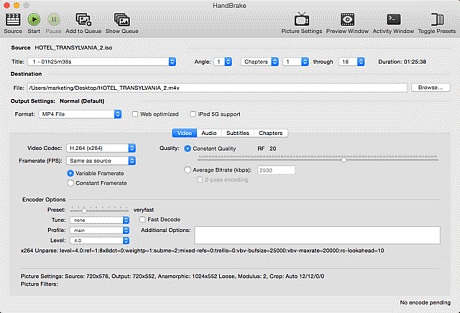
Internal hwaccel decoders are enabled via the -hwaccel option (not supported in ffplay).

F Not yet integrated, but work is being done in this area.P Partial support (some devices / some features).FFmpeg offers access to many of these, with varying support. There are a lot of different APIs of varying standardisation status available. Where hardware surfaces are usable, these filters will generally act on them rather than on normal frames in system memory. Things like scaling and deinterlacing are common, other postprocessing may be available depending on the system. Systems with decode and/or encode capability may also offer access to other related filtering features. (That is, they require a higher bitrate to make output with the same perceptual quality, or they make output with a lower perceptual quality at the same bitrate.) Hardware encoders typically generate output of significantly lower quality than good software encoders like x264, but are generally faster and do not use much CPU resource. A common feature of many hardware decoders to be able to generate output in hardware surfaces suitable for use by other components (with discrete graphics cards, this means surfaces in the memory on the card rather than in system memory) – this is often useful for playback, as no further copying is required before rendering the output, and in some cases it can also be used with encoders supporting hardware surface input to avoid any copying at all in transcode cases. Feature support varies – for more complex codecs with many different profiles, hardware decoders rarely implement all of them (for example, hardware decoders tend not to implement anything beyond YUV 4:2:0 at 8-bit depth for H.264). Hardware decoders will generate equivalent output to software decoders, but may use less power and CPU to do so. On PC-like platforms, video hardware is typically integrated into a GPU (from AMD, Intel or NVIDIA), while on mobile SoC-type platforms it is generally an independent IP core (many different vendors). Using such hardware allows some operations like decoding, encoding or filtering to be completed faster or using less of other resources (particularly CPU), but may give different or inferior results, or impose additional restrictions which are not present when using software only.



Many platforms offer access to dedicated hardware to perform a range of video-related tasks.


 0 kommentar(er)
0 kommentar(er)
